The CEE JET 1600 package includes the CEESCOPE-R™ Wi-Fi enabled echo sounder with RTK GNSS and a special enclosure designed for installation on the rear deck of a personal watercraft (PWC) / jet ski. A very useful feature of the system, especially when it comes time to conduct user training, is the provision of a WiFi access point allowing multiple PCs to view data in real time. In survey conditions it is possible to use higher power WiFi radios to view data on shore even up to 1000m (3300ft) away however the main benefit of the WiFi is to allow wireless connection to a waterproof tablet on the handlebars.
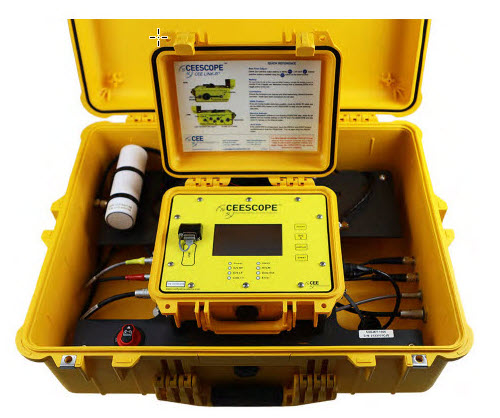
Before the University of Florida could start on their local sediment transport projects using their new PWC, training was required to familiarize the operators with their new equipment and the general survey methods for this type of hydrographic survey. On the chase boat, a rugged laptop was used to display sonar results and interface with the CEESCOPE-R™ setup menus accessible through the CEESCOPE CONNECT utility. This includes viewing the water column echogram to ensure data quality.
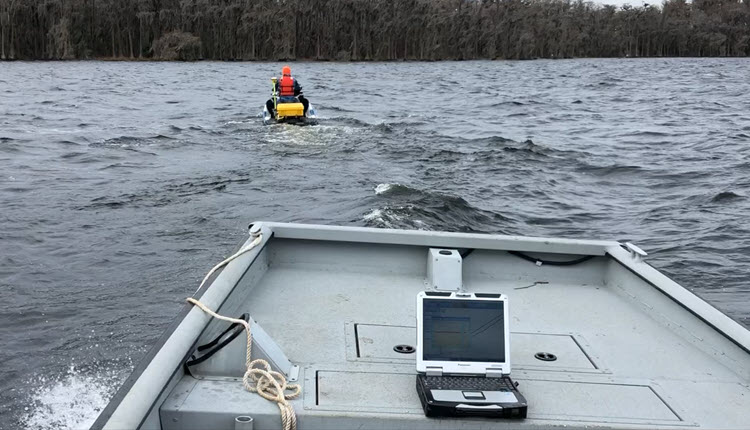
At the same time, the waterproof tablet – usually deployed on the PWC handlebars – could also be monitored with data streaming from the PWC.
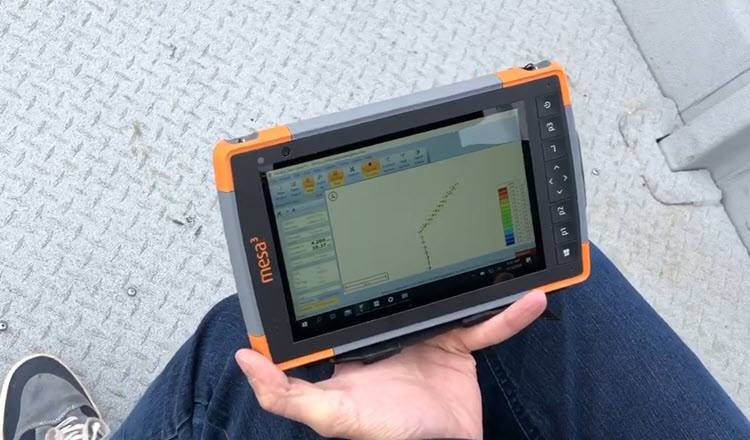
The fast 20Hz Trimble RTK built in to the CEESCOPE-R™ was using an NTRIP corrections source managed within the Hydromagic software. After logging into the state VRS network on the Mesa3 tablet, RTCM v3 corrections were sent back to the CEESCOPE-R™ over the same WiFi link as used to view and record survey data. This arrangement offers a convenient way to manage RTK corrections on the PWC with no need to separately manage a cell connection to a GNSS receiver as would be needed without the CEESCOPE “all in one” system.
The CEE JET 1600 installation is made super simple by a custom attachment frame developed specifically for the latest SeaDoo vehicles. The outer case containing the echo sounder and an extended runtime battery pack is clipped on to the rear of the PWC. During installation, no drilling or modification of the vehicle is needed; the frame screws into existing fastening points for the SeaDoo accessory packs. The GNSS antenna mount is also fixed to the frame.
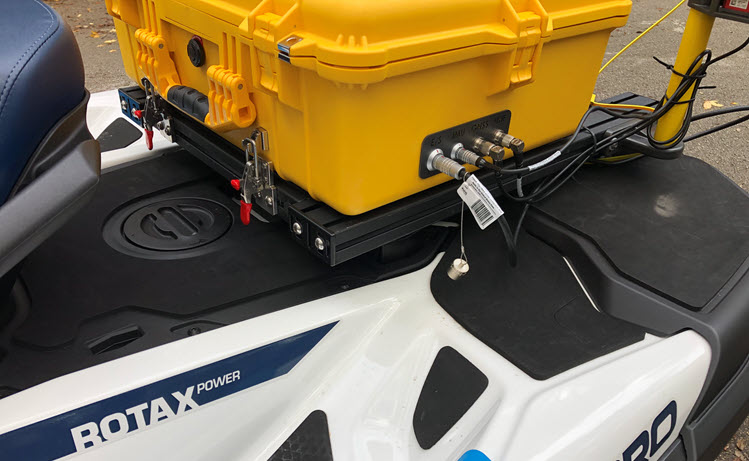
Likewise, for the 200kHz transducer the special attachment pod screws into existing bolt holes. The transducer placement was determined after sea testing to ensure maximum protection against aeration artifacts. Indeed, even in rough water with high pitch and roll movements the sonar data are surprisingly clean and free of spiking artifacts.
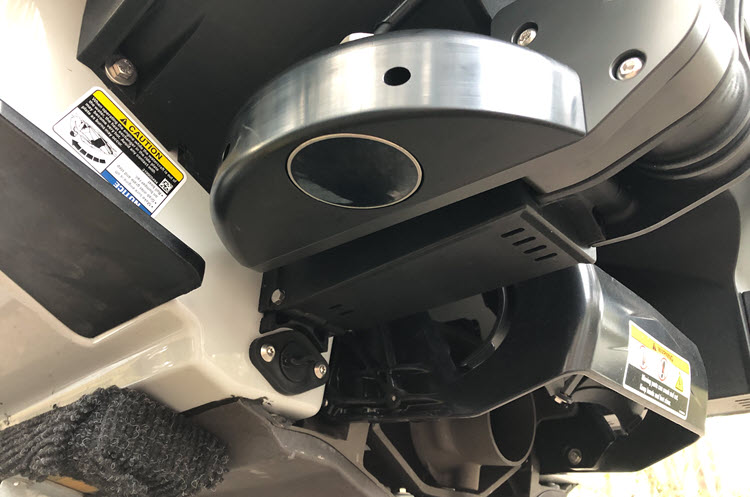
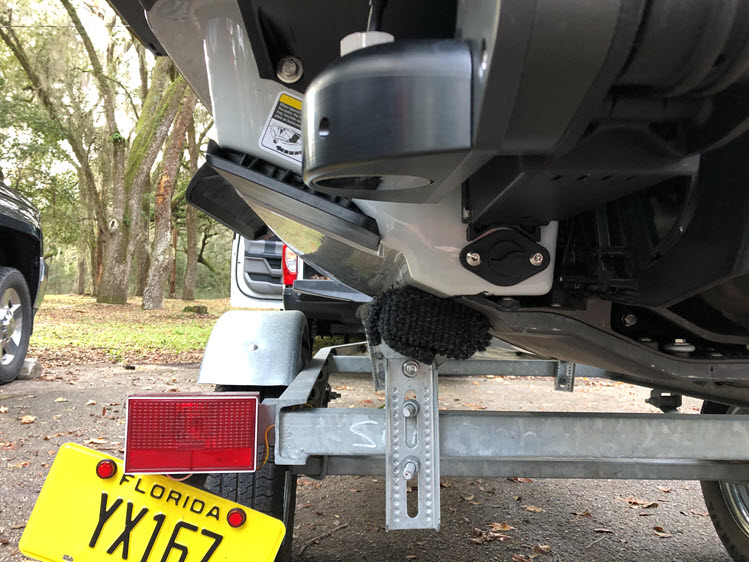
The SBG Systems Ellipse-A motion sensor (located on the GNSS antenna pole) was in action during the training as high winds caused some sizeable waves in addition to making things somewhat unpleasant. The Ellipse plugs directly into the CEESCOPE-R™ using a very simple one cable interface and heave / motion data are passed through to Hydromagic (or HYPACK) software with no need for an independent driver. If motion correction is applied during processing, soundings may be repositioned and recalculated.
Original uncorrected sounding data:
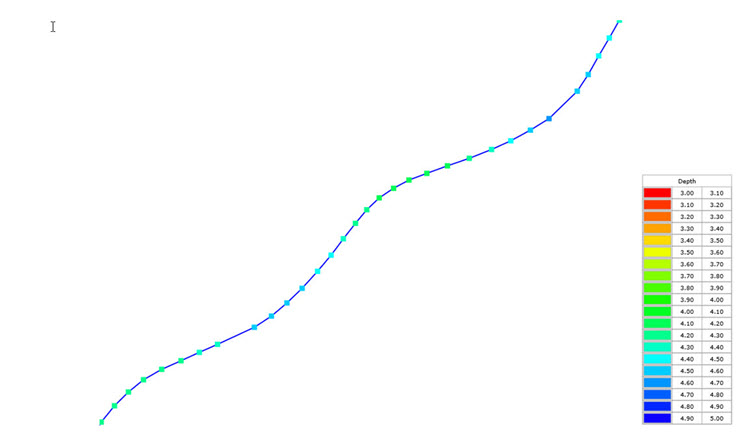
Edited data after sounding points recalculated (position and depth) based on pitch and roll measurements:
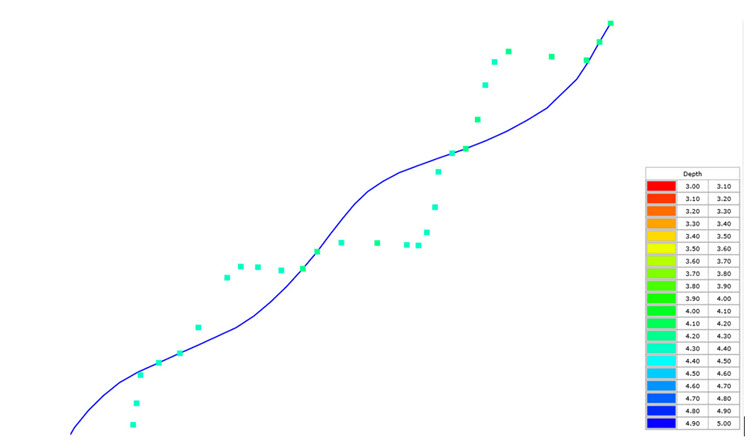
Overall, a lot easier than taking it in turns sitting on the PWC trying to train each individual one by one!
